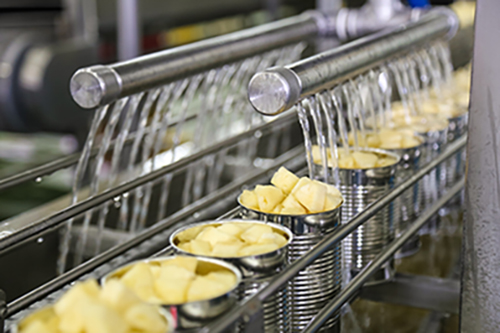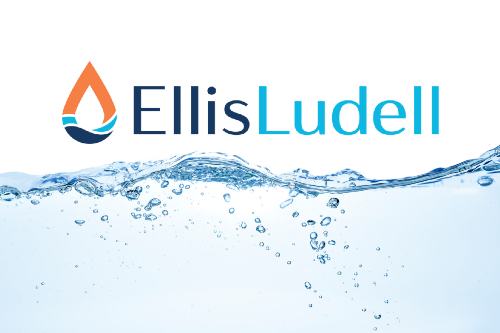How Much Do You Know About Oils And Grease In Wastewater?
Test your Oil and Grease Knowledge
True or False
- Fats, Oils and Greases can be classified as Polar or Nonpolar
- When excess quantities of fats, oils, and greases enter the biological treatment process and blend with the biomass, settleability improves.
- Fats, oils, and grease do not contribute to biochemical oxygen demand (BOD) in wastewater.
- Hexane can extract more than fats, oils, and greases from the wastewater.
- Coalescing Oil Water Separators (OWS) are more efficient at removing smaller sized oil droplets compared to larger sized oil droplets.
- Nonpolar FOG, which typically biodegrades easily, comes from animal and vegetable sources; Polar FOG, which is much less biodegraded comes from petroleum sources.
- Metal-working wastewater is typically de-emulsified at the metal-working facility before being discharged to the publicly owned treatment works.
- Surfactants demulsify fats, oils, and greases easily to separate from the wastewater.
- The largest fatberg was found in Liverpool area of London.
- The best oil and grease separator for restaurants is a coalescing oil water separator.
Multiple Choice
- Which of the following descriptions describes the term “free oil”?
- Oil dispersed in water in a stable form as 5 to 20 µm droplets.
- Oil that is solubilized in liquid.
- Oil that adheres to the surface of solids.
- Oil is present in water having little or no water associated with it.
- To prevent free FOG, which can be removed simply by skimming, from becoming emulsified FOG, which is difficult to remove, what should be avoided?
- Pumping the oily water with a centrifugal pump.
- Letting the FOG-laden water stand for long periods of time.
- Adding deodorizing chemicals to the FOG-laden water
- Adding flocculation chemicals.
- What’s the common name for the U. S. Environmental Protection Agency Method 1664A, which is used to measure FOG in water?
- The n-Hexane Extractable Material Method
- The Isopropyl Alcohol Immersion Method
- The FREON Separation Method
- The Cyclododeconal Addition Method
- What is the average FOG concentration in domestic wastewater?
- 1 to 10 mg/L
- 10 to 25 mg/L
- 30 to 50 mg/L
- 75 to 80 mg/L
- What device is the most often technology used to separate chemically concentrated FOG from water?
- Centrifuge
- Dissolved Air Flotation
- Belt Filter Press
- Sieve
- What is the most common industrial pretreatment limitation for FOG in the United States?
- 50 mg/L
- 100 mg/L
- 250 mg/L
- 500 mg/L
Questions were developed by Steve Spicer and John Schultz and reviewed by the Operations forum Editorial Advisory Board and the Association of Boards of Certification (Ankeny, Iowa) Wastewater Treatment Validation and Examination Committee.
To check your answers please email John Schultz at jschultz@elliscorp.com.
Contact Us
We are here to answer your questions about water treatment, water heaters, and/or laundry equipment. Whether you need to replace existing equipment or engineer a whole new solution, contact EllisLudell for a solution right for you.
Related Blogs
Certified Water Heaters Protect Temperature and Product Quality in Food Processing
Food safety is not just a priority. It is a requirement that touches every decision you make…
NSF Certification: A Critical Standard for Food Processors
In the food processing industry, water plays a central but often underappreciated role. It supports sanitation, blending,…
Challenges in Operating Industrial Wastewater Treatment Systems
There are major challenges facing operators of industrial wastewater treatment systems that can affect the major overall…
Minimizing Down Time
Managing Industrial Wastewater Treatment Is Downtime Avoidable? Murphy’s Law happens frequently in the Wastewater Treatment Industry. How…
Ellis adds top industry executive to its Leadership Team
Ellis Corporation, Itasca, IL is pleased to announce that they have hired Scott Voss as VP of…
Managing Your Industrial Wastewater Treatment System
Managing Industrial Wastewater Treatment There are reasons an industry is required to install a wastewater treatment system. …
Using Chemicals in Wastewater Treatment
Chemicals are commonly used in industrial wastewater treatment processes in many differentapplications. These include: Removing Solid Particles…
Will You Be Ready for Your Next Pretreatment Compliance Inspection?
Pretreatment regulations require that the POTW (Publicly Owned Treatment Works) conduct annual inspections of industrial dischargers as…
How Clean does Clean have to be for Recycle Water Quality?
When contemplating wastewater recycling to be used for process waters there are many filtration technologies to consider….
Separation Anxiety
Having separation anxiety over poor performance with your oil water separator? Take a look at these tips…




